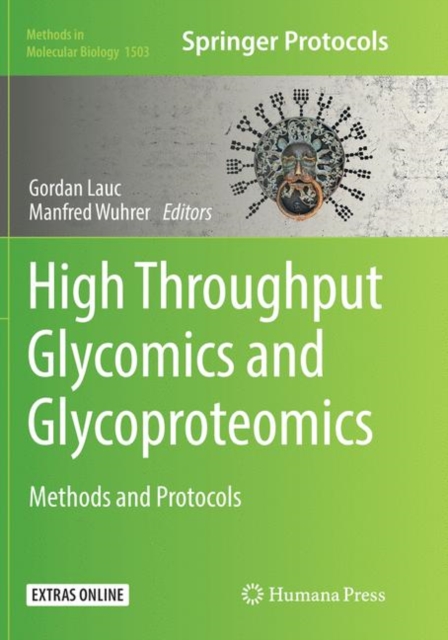CITESTE MAI MULT
Detalii
Descriere RO
This volume discusses detailed protocols for the analysis of glycosylation at the level of free glycans and glycopeptides. The book covers topics such as the importance of glycans in eukaryotic life (with a focus on mammals and particularly humans); recent technologies that allow the characterization of larger sets of samples; and method repeatability and robustness, as well as higher throughout with respect to sample preparation, measurement and data analysis. The chapters spans a wide range of techniques, including the analysis of fluorescently labeled glycans with HPLC, LC-MS analysis of glycopeptides both for glycosylation profiling and for in-depth tandem mass spectrometric analysis of protein glycosylation, and the analysis of glycans with fluorescent labeling, capillary electrophoresis in conjunction with laser induced fluorescence detection. The chapters also detail specific samples types including brain tissues, N-glycans from in-vitro cell cultures, milk oligosaccharides, invertebrate and protest N-glycans, as well as plant glycans. Written in the highly successful Methods in Molecular Biology series format, chapters include introduction to their respective topics, lists of the necessary materials and reagents, step-by-step, readily reproducible laboratory protocols, and tips on troubleshooting and avoiding known pitfalls.
Practical and thorough, High-Throughout Glycomics and Glycoproteomics: Methods and Protocols is an essential reference for researchers planning to enter this rapidly evolving field.
EdituraHumana Press Inc.
Dimensiuni254 x 178
Data Publicarii27/06/2018
Format
Necartonata
Numar pagini274
Aceasta este o carte in limba engleza. Descrierea cartii (tradusa din engleza cu Google Translate) este in limba romana din motive legale.
Acest volum discuta protocoale detaliate pentru analiza glicozilarii la nivelul glicanilor si glicopeptidelor libere. Cartea acopera subiecte precum importanta glicanilor in viata eucariota (cu accent pe mamifere si in special pe oameni); tehnologii recente care permit caracterizarea unor seturi mai mari de probe; si repetabilitatea si robustetea metodei, precum si mai mare in ceea ce priveste pregatirea esantionului, masurarea si analiza datelor.

